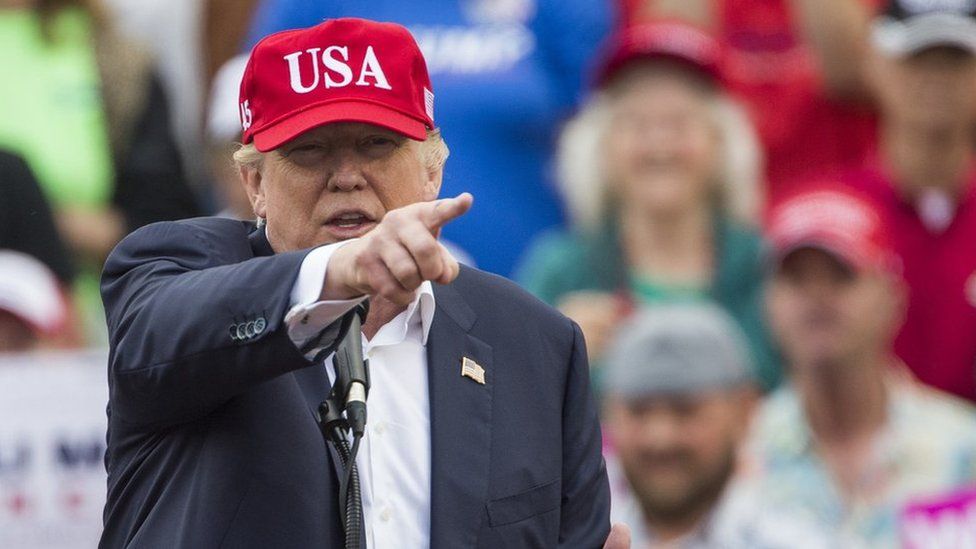
The goals of the U.S. president are contradictory, the calculations are questionable and the global effects are fatal. Europe must now counter them with painful retaliatory action.
The age of globalization ended with a farce. “Our country and its taxpayers have been ripped off for more than 50 years, but it is not going to happen anymore,” Donald Trump theatrically complained in the Rose Garden at the White House, declaring, “My fellow Americans, this is Liberation Day, waiting for a long time. April 2nd, 2025, will forever be remembered as the day American industry was reborn, the day America’s destiny was reclaimed, and the day that we began to Make America Wealthy Again.” Swaying in the wind, he held up a board with tiny percentages written on it that could barely be read. When it comes to the former reality TV star, staging is mainly what counts. The details with which he kicks global trade order into the garbage can is merely a minor matter.
Also, after the small print is read, many questions remain unanswered about the unprecedented tariffs that the president put into action before the cameras at the end of the week. But this much is clear: Instead of free trade, America is focusing on tough protectionism, and this dramatic turnaround has the potential to plunge the global economy into turbulent waters. The European Union, China, Japan and South Korea are among the most important trading partners for America, and their exports will quickly increase in price from 20% to 54%. Those affected will defend themselves. It doesn’t take much imagination to guess the devastation of a trade war.
Bleak Prospects
These are bleak prospects. But as a true believer, Trump is resistant to advice when it comes to tariffs. He considers the surcharges to be a miracle cure to protect the domestic industry from foreign competition, flushing trillions of dollars into the treasury for tax cuts and providing powerful leverage for political negotiations with other countries. The “Dealmaker” doesn’t want to admit that these three goals are already logically contradictory.
The two tariff models created by Trump’s consultants follow contrary objectives: a general import tax generating government revenue or country-specific taxes that offer room for counter transactions. Trump is now combining both approaches and choosing the worst case. With a minimum tariff of 10%, almost all countries (except Russia, Canada and Mexico) are to be affected. There are also individual rates for countries that allegedly treat the U.S. unfairly; for the EU, it’s 20%.
How the White House determined the exact amount for each penalty is a secret. The calculations allegedly include import duties, VAT and trade barriers. It’s possible that the date was also added. This makes rational negotiations fairly difficult. In addition, Washington does not want to be dissuaded from the 10% basic tariff even if concessions are made.
Europe Hit Twice as Hard
Europe will be hit twice as hard with Trump’s tariff obsession. A fifth of all exports of pharmaceuticals, industrial machinery or champagne from the old continent goes to the U.S. Regardless of the new border duties, the 25% car tariffs come into force this Thursday. Although BMW, Mercedes and Volkswagen all produce some models in America, they can hardly escape the tariffs in view of the international supply chains.
Europe cannot put up with such a strangulation of its exporting industry. Trump will experience considerable headwinds at home in the next few weeks. The stock markets have been on a rollercoaster ride for days. Also, the first Republican senators have began protesting. Soon prices for consumers are likely to rise sharply. Brussels must increase pressure with targeted and painful retaliation measures to strengthen its negotiating position. Trump respects strong opponents. He will only yield (if at all) if the political price for him is too high.

Leave a Reply
You must be logged in to post a comment.